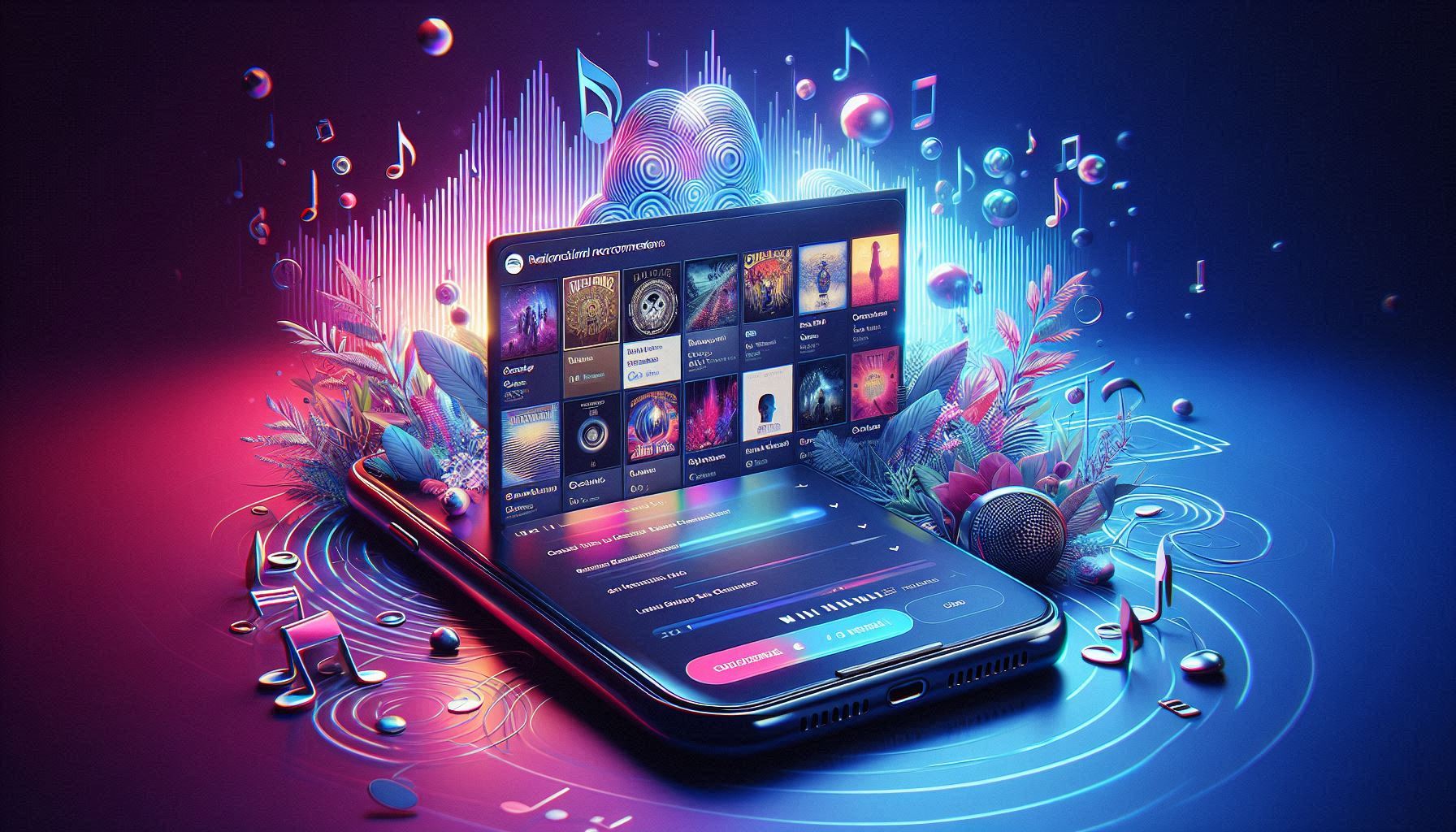
In the age of personalised content, music is no exception. As more users engage with streaming platforms, customisation and personalisation of their music libraries have become essential. The Spotify Downloader API offers a powerful solution for personalising your music library, enabling users to create, manage, and curate their playlists based on individual preferences.
By integrating playlist management features, developers can provide a tailored music experience, turning ordinary playlists into personalised collections that reflect users’ tastes, moods, and even activities. This blog will explore how you can leverage the Spotify Downloader API to create a more personalised music experience through its playlist management features.
Personalisation not only helps users feel more connected to the content but also enhances engagement. With personalised playlists, users can:
With the Spotify Downloader API, developers can tap into these capabilities to enhance user satisfaction and improve app retention by offering a more customised music experience.
Before accessing or managing playlists, ensure that users are authenticated. This is done through Spotify’s OAuth 2.0 flow, which provides a secure way to obtain access tokens for retrieving user data.
Example Authentication Request:
javascript
Copy code
axios.get('https://accounts.spotify.com/authorize', {
params: {
client_id: 'your_client_id',
response_type: 'token',
redirect_uri: 'your_redirect_uri',
scope: 'playlist-modify-public playlist-modify-private',
},
});
Once the user is authenticated, you can allow them to create a new playlist.
Example API Call to Create a Playlist:
javascript
Copy code
axios.post('https://api.spotify.com/v1/users/{user_id}/playlists', {
name: 'My Custom Playlist',
description: 'A playlist tailored to my preferences',
public: true,
}, {
headers: {
Authorization: `Bearer ${access_token}`,
},
})
.then(response => console.log(response.data))
.catch(error => console.error(error));
Users can easily add tracks to their playlists by providing Spotify track URIs.
Example API Call to Add Tracks to a Playlist:
javascript
Copy code
axios.post('https://api.spotify.com/v1/playlists/{playlist_id}/tracks', {
uris: ['spotify:track:4NHQUGzhtTLFvgF5SZesLK'],
}, {
headers: {
Authorization: `Bearer ${access_token}`,
},
})
.then(response => console.log(response.data))
.catch(error => console.error(error));
Modify playlists by removing tracks as needed.
Example API Call to Remove Tracks:
javascript
Copy code
axios.delete('https://api.spotify.com/v1/playlists/{playlist_id}/tracks', {
data: {
tracks: [{
uri: 'spotify:track:4NHQUGzhtTLFvgF5SZesLK',
}],
},
headers: {
Authorization: `Bearer ${access_token}`,
},
})
.then(response => console.log(response.data))
.catch(error => console.error(error));
The Spotify Downloader API allows you to recommend new music based on user preferences. By using seeds such as specific tracks, genres, or artists, the API generates relevant playlist recommendations.
Example API Call for Recommendations:
javascript
Copy code
axios.get('https://api.spotify.com/v1/recommendations', {
params: {
seed_tracks: '4NHQUGzhtTLFvgF5SZesLK',
seed_genres: 'rock',
},
headers: {
Authorization: `Bearer ${access_token}`,
},
})
.then(response => console.log(response.data))
.catch(error => console.error(error));
Curate playlists based on users’ moods or activities, such as workout playlists, relaxing music, or study sessions.
Provide playlists for specific moments in users' lives, such as dinner parties, road trips, or weekends.
Allow users to co-create playlists with friends for shared experiences, fostering community engagement.
Create playlists that evolve based on user preferences or listening history. These playlists can auto-update with the latest tracks, ensuring fresh and relevant content.
The Spotify Downloader API offers powerful tools for personalising your music library through playlist management. By allowing users to create, curate, and share playlists tailored to their individual preferences, developers can build a highly engaging and interactive music experience. Whether it’s for personal listening, social interaction, or discovering new music, this API can take music customisation to the next level.
Get started today and make your music platform stand out with personalised playlists that reflect the unique tastes of your users.
Hi there!
Let's help you find right APIs!